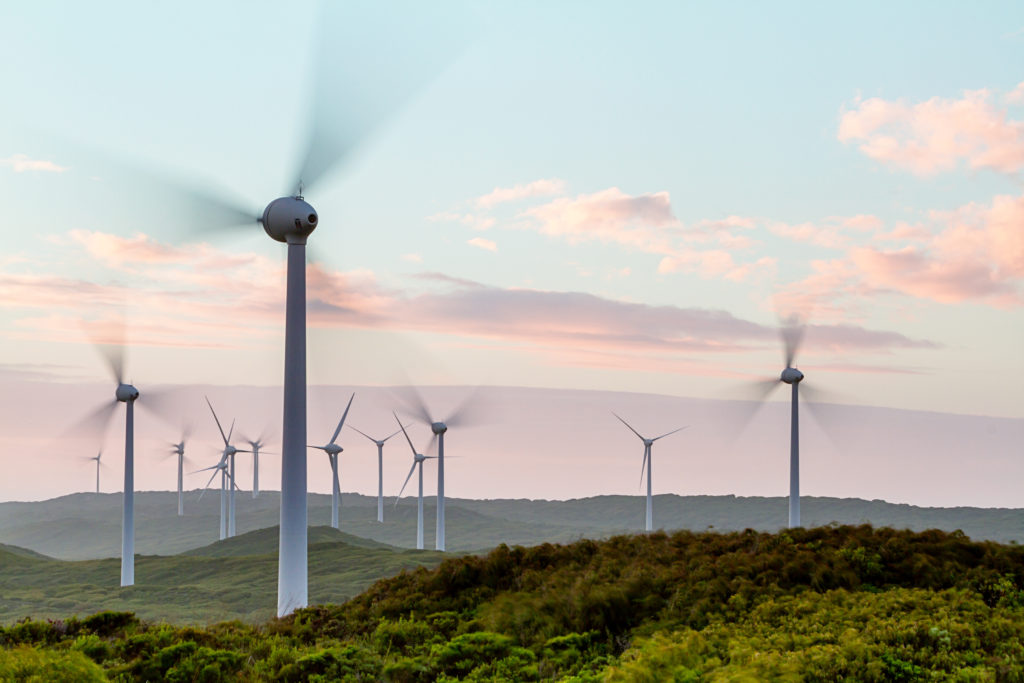
Australia’s exports of new energy metals are expected to rise in value above those of thermal coal, the polluting fuel that has been the mainstay of electricity generation across much of Asia.
Exports of metals used in the energy transition are forecast to remain above A$40 billion ($26.6 billion) in the fiscal year that started on July 1, according to the latest quarterly report from the Australian government’s Department of Industry, Science and Resources.
In contrast, exports of thermal coal are expected to slide to A$38 billion in 2023-24 fiscal year, down from A$64 billion in the prior year, according to the report, released on Monday.
Australia is the world’s largest exporter of key battery metal lithium and ranks fourth in exports of copper.
It is also the world’s largest producer of bauxite, the key raw material for aluminium, and is the third-largest producer of manganese and the fifth-biggest in nickel.
Australia is the world’s second-biggest exporter of thermal coal behind Indonesia, and is the top exporter of coking coal, which is mainly used to make steel.
The country is also the world’s biggest exporter of iron ore, the largest net exporter of gold and vies with the United States and Qatar as the top shipper of liquefied natural gas (LNG).
While exports of battery metals are expected to overtake those of thermal coal this fiscal year, the driver isn’t increased volumes of shipments of the metals, or decreased export of coal.
Rather the main factor is an expected decline in the price of seaborne thermal coal, as the surge in prices caused by Russia’s invasion of Ukraine fades away.
The government expects the volume of thermal coal exports to actually increase in 2023-24 to 201 million metric tons, up from 178 million in 2022-23.
But the gain in volumes is more than wiped out by a decline in price for the benchmark Newcastle 6,000 kilocalorie per kg grade to average $158 a metric ton in 2023-24, almost halving from $303 in 2022-23.

Lower prices are also forecast for lithium, with the government expecting exports to be worth A$18 billion in 2023-24, down from A$19 billion the prior year, even though the volume shipped is expected to rise to 3.42 million metric tons from 3.25 million.
Exports of copper are forecast to rise to A$13 billion in 2023-24 from A$12 billion previously, while volumes are forecast to lift to 865,000 metric tons from 836,000.
Export volumes for both nickel and zinc are expected to increase this year, but the values are likely to remain much the same as prices continue to soften.
Iron ore is the biggest of Australia’s commodity exports, and the main raw material for steel isn’t classified as a new energy metal even though steel is a vital component of many of the wind turbines and transmission grids needed for the energy transition.
Similar to other commodities, lower prices are expected to reduce export earnings for iron ore, with $A$110 billion expected in 2023-24, down from A$123 billion the prior year, even though volumes are forecast to rise to 918 million metric tons from 892 million.
LNG exports are also expected to drop in value to A$68 billion in 2023-24 from A$92 billion previously, with volumes slipping slightly to 81 million metric tons from 82 million in 2022-23.
Overall, total export earnings from resources in 2023-24 are expected at A$389.7 billion, down from the record high of A$459.5 billion in 2022-23.
The major takeaway from the report is that the impact on energy commodities from the war in Ukraine has faded and prices are expected to be more in line with historical norms.
But perhaps more importantly, the Australian government isn’t forecasting a major boost in export earnings and volumes for the main energy transition metals.
Rather, the volume gains are expected to be incremental and prices are set to be largely stable, with the risks skewed to the downside.
(The opinions expressed here are those of the author, Clyde Russell, a columnist for Reuters.)
(Editing by Shri Navaratnam)
Comments